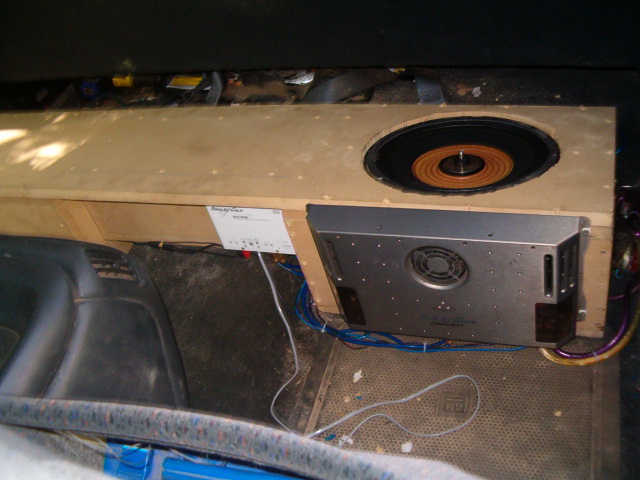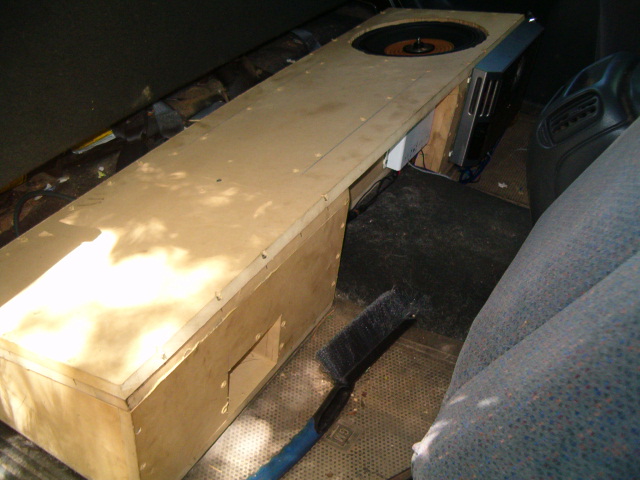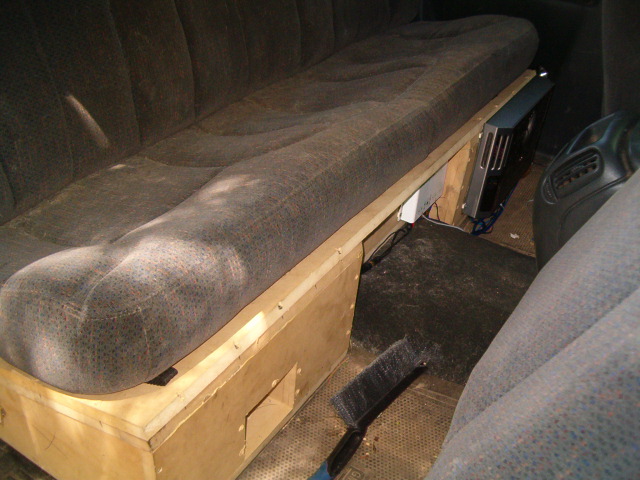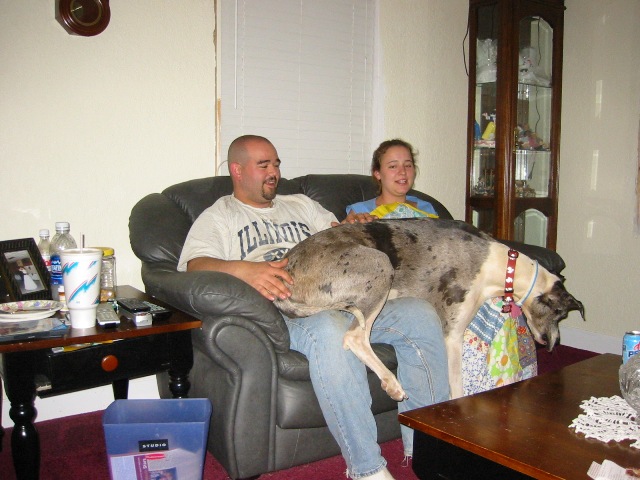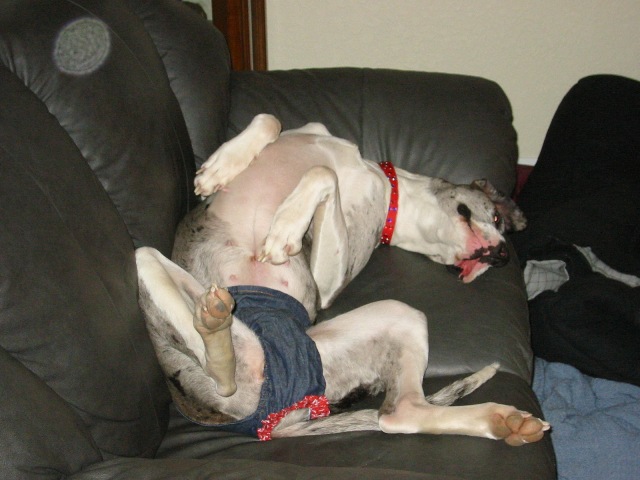I am not questioning you, but help me understand why a bigger port would mean higher SPL.
My understanding is that a port is basically a passive radiator, although a significantly different approach than that of the mechanical variety. Now your port cross sectional area is is directly proportional to the woofer area. With a woofer area of 113 in^2 and a port area of 20 in^2 my ratio is about 5.65:1, so for every inch of woofer excursion, the passive radiator has 5.65"s of excursion. With a larger port area, you get closer to a 1:1 ratio, the passive radiator does not have to cycle so far, thus reducing noise, but the volume of air remains the same, so the SPL in theory should remain the same.
From what I understand, the reason behind the port length needing to be longer for a larger port cross sectional area is so that there is enough "friction" to keep the air in the box where it belongs. This is also what limits the ability to make a incredibly large port, as there comes a point where you simply cannot make it long enough to provide the needed friction and thus just gives you what amounts to a very leaky sealed box.
Like I say, I am just trying to understand better. I am new to ported box design. I thought I had a fairly good handle on the theory when I started (I always try to understand a concept before I try to implement it

). Hell, before I began this project, I had no idea that a ported enclosure had virtually nothing to do with the woofer itself. It is a tunning that is almost entirely specific to the enclosure. Obviously the subwoofer design has a lot to do with how well it will behave in a ported enclosure, but any 12" sub dropped into this box will be tuned at the same frequency.
Share with me your knowledge. I am always eager, and happy to learn, as are others on here I am sure.
Thanks,
Jason
